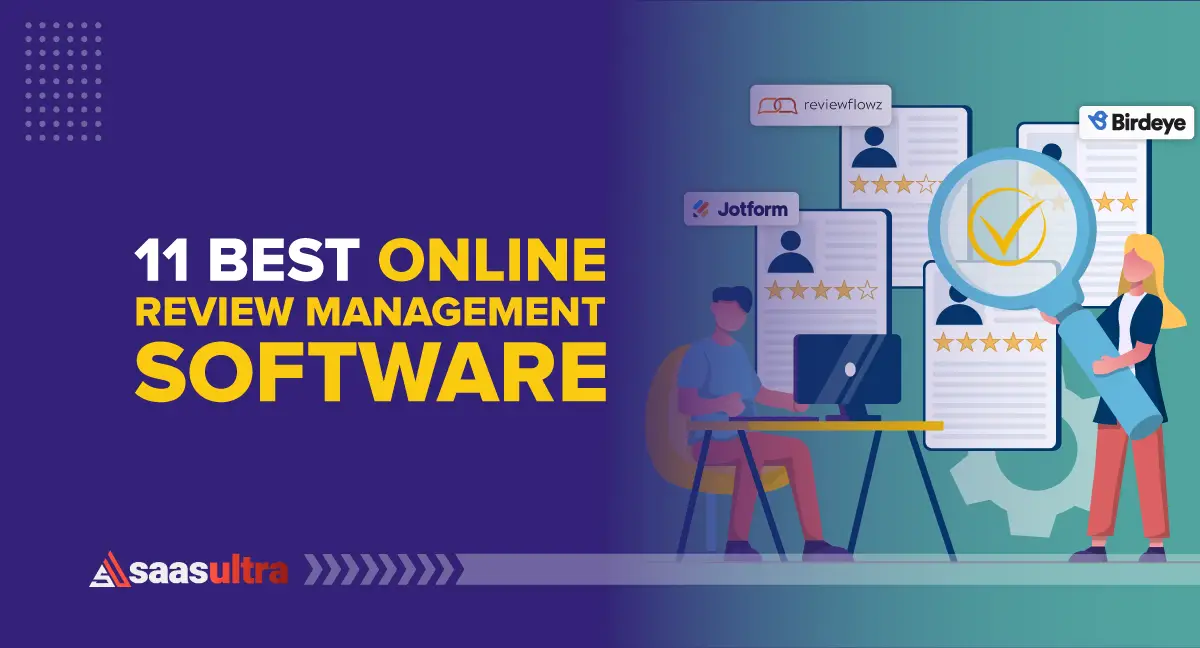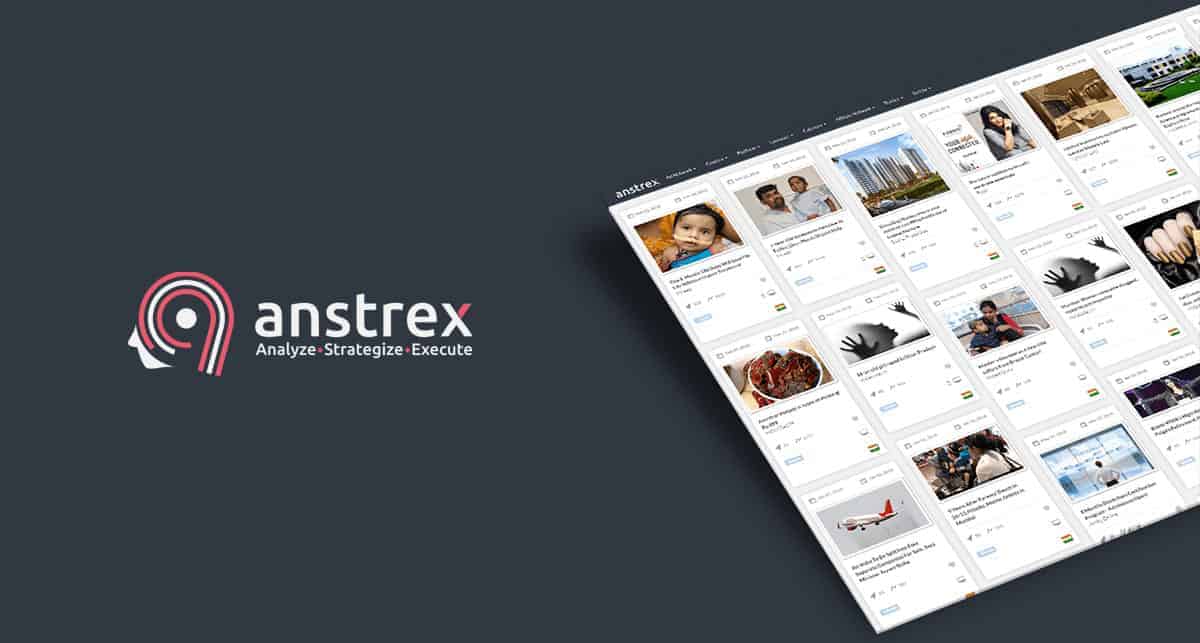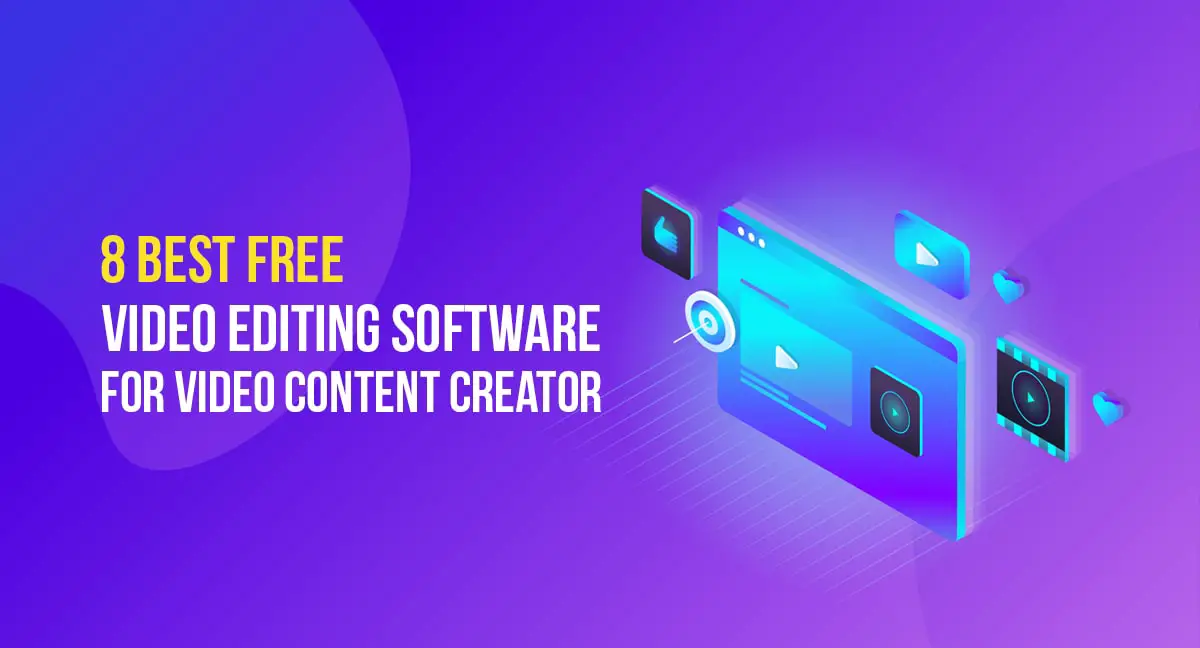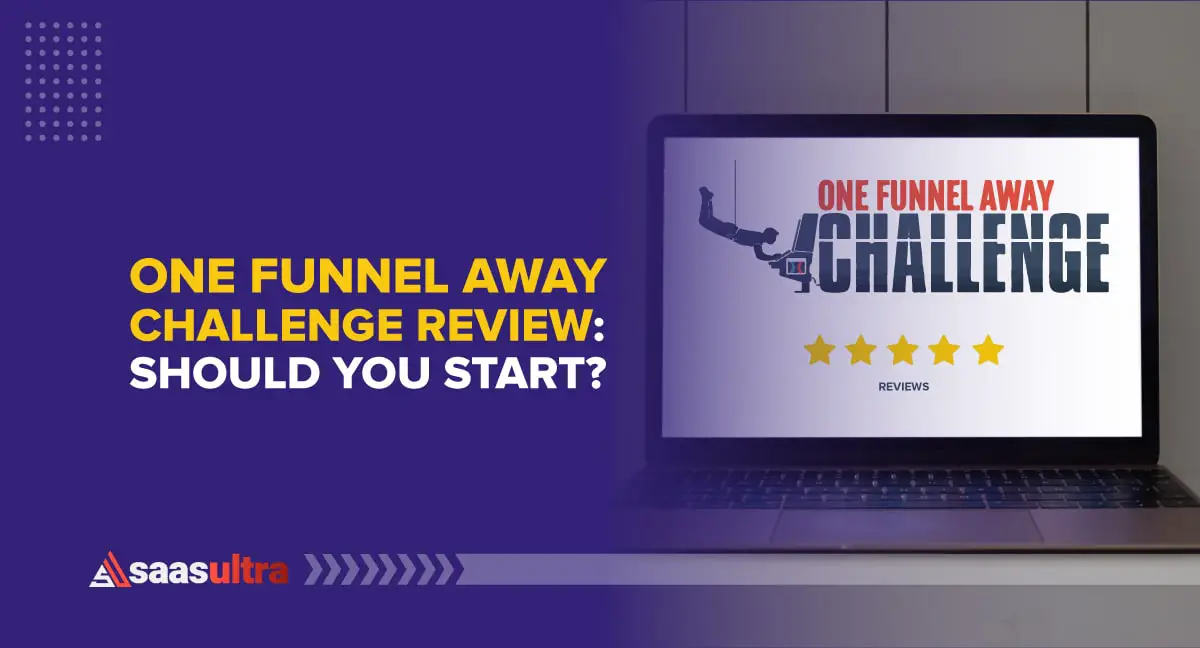Disclosure: Some of the links in this article may be affiliate links, which can provide compensation to me at no cost to you if you decide to purchase a paid plan. We review these products after doing a lot of research, we check all features and recommend the best products only.
Are you struggling to create a podcast all by yourself?
No worries! I can understand your situation.
Creating a podcast is not that difficult, but you need to follow a step-by-step guide before publishing it.
This blog post will let you discover invaluable insights about how to start a podcast in 2025, explaining each step thoroughly.
Let's get straight into it.
A Need to Start a Podcast: A Quick Go-Through
There can be many reasons to start a podcast. However, some of the significant ones include:
This was a quick go-through on the need to start a podcast. Now, we will look forward to the steps of creating a podcast.
How to Start a Podcast in 11 Easy Steps
At this moment, you might feel confused about where to start. But these well-organized steps will make your challenge hassle-free.
Let us check out each step one by one.
1. Determining Podcast Concept (niche) and Format
The first step towards creating a podcast is to determine the concept of your podcast. This concept includes several attributes to focus on. Let us discuss them in detail.
Opting for a specific podcast topic or niche may initially seem confusing. However, this strategic and well-planned move helps you focus your content effectively.
This focus is crucial for building a dedicated audience. It lets you establish yourself as an expert in your chosen subject.
By delving deep into a specific genre, you can accumulate valuable insights and information that resonate with your target audience. Thus, choosing a topic will give you a strategic move prior to starting a podcast.
After finalizing your topic, don't be excited and jump directly into creating a podcast. A wiser way would be to research existing shows in your chosen niche.
This step helps you understand the landscape. It will let you identify potential gaps or opportunities and refine your podcast's unique selling proposition (USP).
Check out whether your selected niche is underrepresented or already crowded with podcasts. This research guides you in positioning your podcast in a way that sets it apart and appeals to your target audience.
2. Choosing Your Format and Cadence
Now you have a well-researched document. Your next step should be to decide the Format of your podcast. It can be a solo endeavour, a co-hosted show, or one featuring guest interviews. Ensure that the Format aligns with your content goals and personal style.
Coordinating with co-hosts or planning guest interviews requires effective communication and preparation. So, we need to focus on this aspect as well.
Additionally, determining your publishing schedule (cadence) is crucial. You must decide whether you release episodes daily, weekly, biweekly, or monthly. Maintaining consistency is key to building audience trust and maintaining engagement.
Now is the time to understand your audience. Who your audience are? What are the issues they are facing? Why would they come to your podcast?
Understanding your target listeners is primarily important to creating relevant and engaging content. Define your ideal listener by considering these factors:
The detailed audience persona serves as a guide for crafting content that resonates with your audience's needs, preferences, and aspirations.
3. Writing Style and Originality
Its a time to focus on the style of your writing to captivate audience to come for more. When crafting your podcast title, content, and descriptions, you must maintain a conversational tone that resonates with your audience.
You must also focus on writing original content. Try to avoid plagiarism by writing insightful and uniquely positioned within your niche.
Authenticity and originality are key factors in attracting and retaining listeners. Hence, focus on producing content that adds value and showcases your expertise in a compelling way.
By following these steps and considerations, you can create a podcast concept that resonates with your target audience. This will help you stand out in the podcasting landscape and set the foundation for long-term success.
4. Choose the Podcast Equipment
If you think that you need branded equipment to record your podcast, then you are wrong.
I must tell you that most of the acclaimed podcasts use basic setups. They focus on creating a compelling podcast with just a basic podcast microphone. Notably, the audio quality should be good.
So, let us look at which microphones you can use for high-quality podcast audio without breaking the bank.
You can consider the Audio-Technica ATR2100x-USB microphone. It offers excellent sound, versatility with USB and XLR connections, and future upgrade options.
Pair it with essentials like a pop filter, a mic stand, headphones, and editing software for a professional podcasting setup.
Remember, choosing a good-quality recorder will result in less editing, saving you time for other crucial tasks.
5. Opt for the Podcasting Software
Choosing the right podcast editing software is crucial to structure your episodes and enhance audio quality. Fortunately, there are affordable and even free options available.
It may happen that you're on a budget or prefer free software. You can then rely on GarageBand, as it is an excellent choice for Apple podcasts user. It is compatible with Mac and iOS.
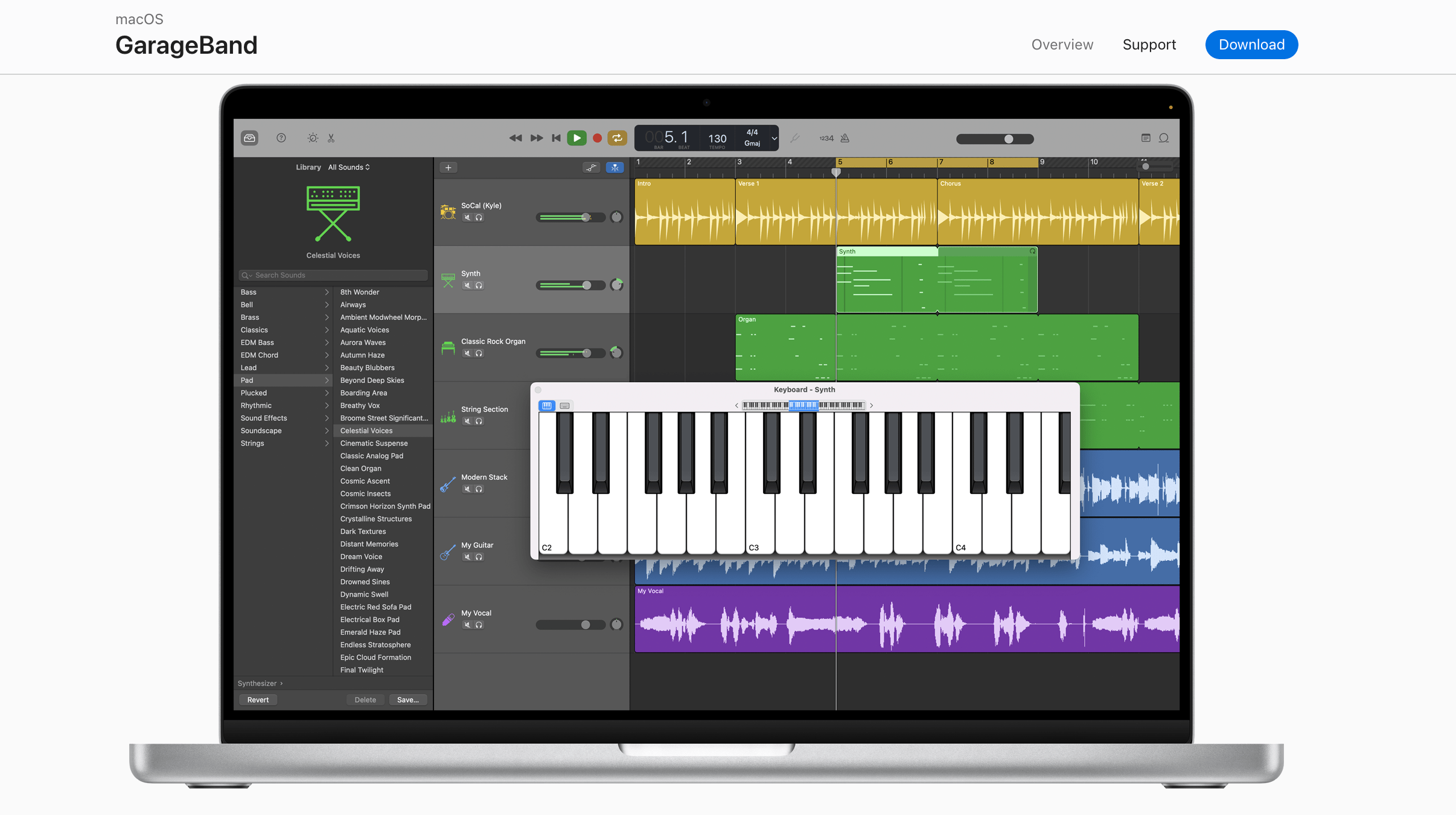
On the other hand, Audacity is a versatile free option for any device. These tools offer robust editing capabilities without requiring a financial investment. They offer pro-level features to cater to your editing tasks. Moreover, they support a wide range of operating systems.
For those seeking more advanced features and willing to invest in premium software, options like Adobe Audition, Logic Pro X, or Hindenburg Journalist offer professional-grade editing tools and enhanced functionality.

Additionally, if you do not have knowledge of editing a podcast, you can outsource a freelancer for this work.
Some platforms, like Fiverr and Upwork, can connect you with skilled podcast editors who can handle the technical aspects of post-production. Thus, you can concentrate on producing engaging content.
6. Start Recording and Editing your First Podcast Episode
Now is the time to record a podcast. But can you do it without a script in hand?
No! Right?
So, you should follow the tips below before starting to record your podcast.
Some of the podcasters obviously write scripts before recording, and some wing it. You might know who you belong to.
So, if you cannot nail it without a script, create a structured outline or script to avoid rambling and improve episode flow. Most importantly, you must share the outline with co-hosts for collaborative preparation.
Additionally, even after having a script, you have to focus on taking breaks, pauses, and re-takes to finally produce a polished version.
The other important thing to notice is to opt for a quiet room with ample furniture, curtains, rugs, or carpet to reduce noise bounce. You must consider sound treatment with foam panels on walls for further noise reduction.
Now, to start recording, you have to connect your microphone to your computer or audio device. If you are using a USB mic, you need to plug it into the computer's USB port. Moreover, if you have multiple hosts, you can use an audio interface.
Other than this, if you are relying on an XLR mic, connect to a USB interface or external audio recording device like Podtrak P4. Now, configure audio input in your editing software settings.
With this, you must check all the devices by taking a test record.
Position your mouth 2″ to 4″ from the mic for optimal sound quality, adjusting based on mic type. Avoid plosives and harsh sibilance by moving slightly off-axis from the microphone. Angle the mic slightly towards your mouth for natural audio.
Record yourself speaking at various distances and angles to find the best audio quality. Don't worry about mistakes. You must focus on identifying the optimal mic setup for clean recordings.
7. Edit your Recordings
Now, you need to give a final touch to your recording by editing it to make it smooth and polished for the audience. Just focus on the basic flow and structure of audio editing.
You can follow the tricks below for a better-quality podcast recording.
Craft an intro that introduces your podcast's theme and value to hook listeners. Your enticing intro will convince the audience to listen to the full episode.
Use royalty-free music from platforms like Soundstripe, Audio Jungle, or Storyblocks for your intro and outro.
You should focus your initial edit on refining content. Then, ensure clarity and coherence. Your prior focus should be on making the content right. Once your content is polished, you can address noise issues.
Apply fade effects at the beginning and end of audio clips to eliminate pops or clicks caused by cutting sections.
Make a checklist of audio distractions to address during the second editing pass. This systematic approach will save you time. It will also ensure thorough editing without missing crucial elements. After editing, export your podcast as a .WAV audio file for optimal quality and compatibility.
Some of the Podcast Hosting services can handle ID3 tags and file format conversion automatically. Some other platforms export it in the recommended Format for your hosting platforms for smooth upload and playback.
8. Create a beautiful artwork
To create artwork for your podcast, everything you need to do is to focus on making a strong visual impact on users. Creating podcast artwork is essential to attracting listeners.
Here's a guide to help you create compelling podcast artwork:
Podcast Artwork Specifications (Apple Podcasts)
Some Interesting Tricks to Create Appealing Artwork
Finding Podcast Music
By following these steps, you can produce engaging podcast artwork and enhance your podcasting experience for both you and your audience.
9. Setup Website and Brand Presence
Creating a website and building a brand presence for your podcast are crucial steps in establishing your online presence. Such steps let you effectively reach your target audience.
Here's a guide to help you with these aspects:
Naming Your Podcast
How to Promote Your Podcast (Branding Elements)
Create a Website or RSS Feed
Social Media Profiles
Submit to Podcast Directories
Remember to create a hooking episode description(show notes) as it brings out the first impression of your episode. It only decides the audience's further actions.
By following these steps and leveraging various online platforms, you can effectively create a strong online presence for your podcast. You can now smoothly connect with your audience across different channels.
10. Setup Podcast Hosting
You have learned how to start a podcast, right? Now is the time to focus on how to host your podcasts to make them reach a broader audience. For this, you have to rely on podcast hosting services which store your show's audio files and spread them to podcast platforms.
Now, your episodes are displayed in the directories like Spotify or Apple Podcast. Notably, you should have an account on the directories.
Here is a quick overview of the steps till now:
Some centralized hubs exist to access podcasts easily. Listeners can easily find the podcasts on these directories. Hence, podcasters should ensure to make an account on such directories for smoother access.
Submit a podcast request to the top directories to get your podcasts listed. For instance, you have submitted a podcast request to Apple Podcast, which is the top podcast directory worldwide.
Once your request has been approved, your podcast will automatically be accessible via popular podcast apps like:
Some of the popular podcast directories include:
11. Publish and Promote your Podcasts
With all the finalizations, you can now publish your podcast successfully.
Publishing Your Podcast
Promoting Your Podcast
Frequently Asked Questions
Have you Learned to make a Podcast?
With all the things done so well, now is the time to celebrate your achievement. Creating and posting your first podcast is a big accomplishment.
Follow the steps correctly, and you are all set to go. Remember, posting just once would not work. You have to maintain consistency in publishing regular podcasts. This will help your listeners come back for more.
With all the good work done, hats off to you and all the best for your further attainments.


